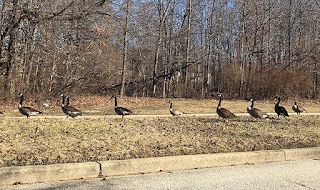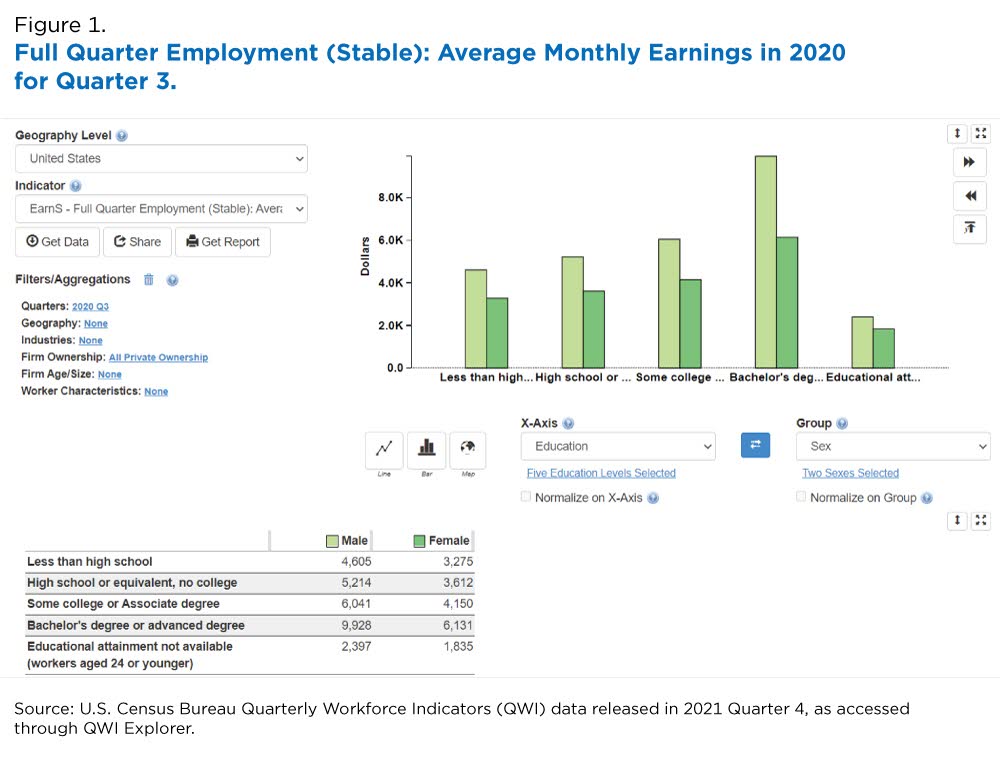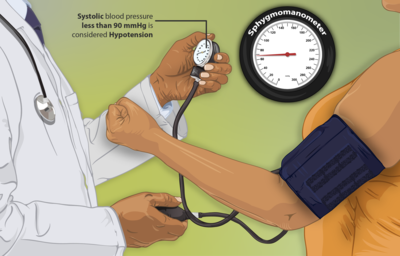Relationships and Going Places
Jo Freeman: There’s Plenty To Do at the RNC – If You Have the Right Credentials
by Jo Freeman
Every national nominating convention has plenty of auxiliary events, some authorized, some not. Getting space can be a challenge; getting the word out even more so. But they do it nonetheless. Press were given a RNC 2024 Master Event Calendar, which was updated a few days later. Events began on Sunday and ended on Thursday. The actual convention sessions were just one item on the list. The calendar said if an event was Open or Closed to press, and also whom to contact to register. I’m going to describe some of the events, including a couple I went to, and a couple I was turned away from.
Since my focus is on women, I obviously wanted to go to those events – if I could.
The National Federation of Republican Women is the largest grassroots Republican women's organization in the country with hundreds of clubs. Founded in 1938, its members made the phone calls and knocked on the doors that elected Republican candidates for decades. It’s Tuesday luncheon featured Arkansas Governor Sarah Sanders. The Master Calendar said it was SOLD OUT and they wouldn’t let me in. I was able to get into their lounge at the Fiserv Forum Wednesday evening, where I was repeatedly asked if I was a member, and if not, would I join. “I’m press,” I said. “I can’t join anything partisan.” I then said: “What brings you here?” On hearing that, finding anyone willing to chat with me was like pulling teeth.
Moms for Liberty met in a concert hall that afternoon. I had pre-registered, and I got in. From high in a balcony seat I listened to several people talk about the evils of transgenderism. It’s webpage says WE BELIEVE Power Belongs to the People. Sound Familiar? With a focus is on parental rights, it wants to “STOP WOKE indoctrination.”
Tuesday I went to “The New Mavericks” reception co-hosted by the Black Republican Mayors Association and the Georgia Republican Party. They honored Sen. Tim Scott, four Congressmen and two Georgia delegates – all male. There was only one mayor on stage, from Aurora, IL. The chair of the Georgia Republican Party was the one white man on the stage. At that event, women served; they didn’t speak. The RNC reported that 55 delegates to the 2024 convention are Black, up from 18 in 2016.
I missed the Independent Women’s Forum toast to “Women Who Make Our Country Great” because I went to Convention Fest: The Official Delegate Experience, which was held in the streets outside the Fiserve Forum and Baird Hall as well as some space inside Baird. To get to that one you not only needed a credential of some sort, but a USSS pass (which I have).
Concerned Women for America parked its pink bus across from the Baird Center the week before the RNC. No one was home. When Convention Fest opened on Tuesday afternoon, they set up a pink tent, from which its leaders preached to whomever passed by. It calls itself “the nation’s largest public policy women’s organization” but its focus is evangelical Christian. The slogan on the side of its pink bus captures this emphasis: “She Prays, She Votes.” A prayer precedes each sermon.
 Ferida's Wolff's Backyard: Geese Coming Home
Ferida's Wolff's Backyard: Geese Coming Home
Ferida Wolff writes: Today the temperature was in the high 60s but tomorrow it should be in the 30s. Will the geese be as surprised as I am about the variation in the season? Will they be confused about their decision to come back? As the climate warms up, I wonder if the geese migration will change. Perhaps it is inborn and they will continue in their usual pattern or they may adapt and shift when or if they migrate. Nature is always interesting to observe. Meanwhile, Welcome back geese! more »
 Women Consistently Earn Less Than Men; Women Are Over-represented in Lower Paying Jobs and, As They Age, the Pay Gap Widens Even More
Women Consistently Earn Less Than Men; Women Are Over-represented in Lower Paying Jobs and, As They Age, the Pay Gap Widens Even More
According to the QWI data based on unemployment insurance wage records for the third quarter of 2020 (the most recent national data), women in the United States earned 30% less than men and that pay gap increased with age. Women are over-represented in lower paying jobs and, as they age, the pay gap widens even more. The gender gap has narrowed for younger women as they increase their education level and break into occupations traditionally dominated by men. Although the gender pay gap has narrowed since the signing of the Equal Pay Act of 1963, women earned 82 cents for every dollar a man earns according to 2020 data from the Bureau of Labor Statistics. The gender gap has narrowed for younger women as they increase their education level and break into occupations traditionally dominated by men. While women have a growing presence in higher paying industries like Information or Professional, Scientific, and Technical Services, they are still over-represented in lower paying industries. more »
 Women’s Experiences of Sexual Assault and Harassment Linked With High Blood Pressure
Women’s Experiences of Sexual Assault and Harassment Linked With High Blood Pressure
The NHS II data indicated that experiences of sexual violence were common: about 23% of the women had experienced sexual assault at some point in their life and 12% had experienced workplace sexual harassment. About 6% of women had experienced both. About 21% of the women reported developing high blood pressure over the follow-up period, from 2008 to 2015. Compared with women who had never experienced any type of trauma, women who had experienced sexual assault at any point in their lifetime were more likely to develop high blood pressure, as were women who had experienced workplace sexual harassment. Women who had experienced both sexual assault and harassment had the highest risk of developing high blood pressure. more »
 Jo Freeman Reviews There is Nothing For You Here by Fiona Hill
Jo Freeman Reviews There is Nothing For You Here by Fiona Hill
Jo Freeman writes: Her description of Donald Trump and his dysfunctional administration is consistent with that of other authors. Trump was addicted to flattery and adulation. A chapter section is called “Me, Me, Me.” Hill says he suffered from “autocrat envy.” He didn’t just admire Putin; he wanted to be like him. Trump was angered by mere rumors that someone had said something negative about him. He wanted to just snuff them out, with the alacrity of Putin and other autocrats. Although Hill worked for the Bush, Obama and Trump administrations, we only get details about Trump. Since it’s not a short book, perhaps the publisher didn’t think reading about the earlier Presidents would generate sales. Too bad. Her other comparisons are illuminating; how these three men ran their domains should be as well.
more »






